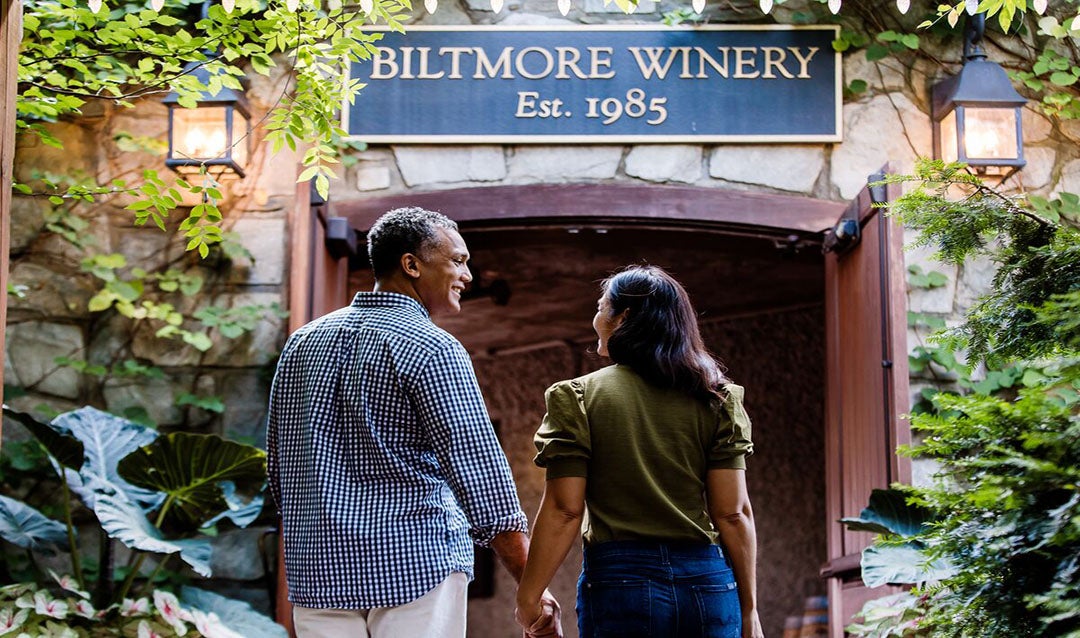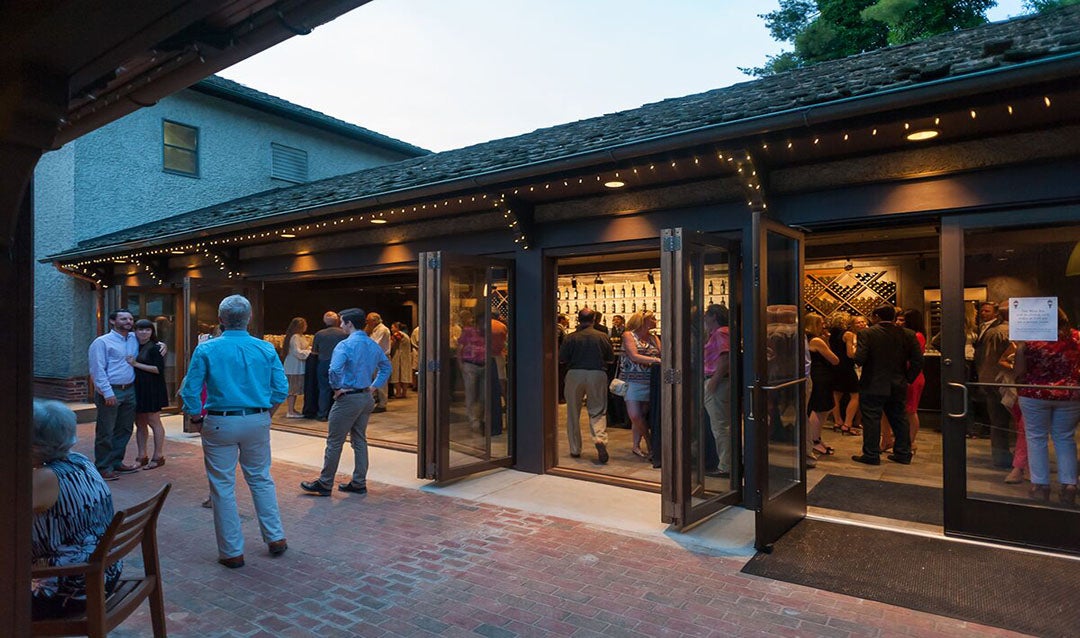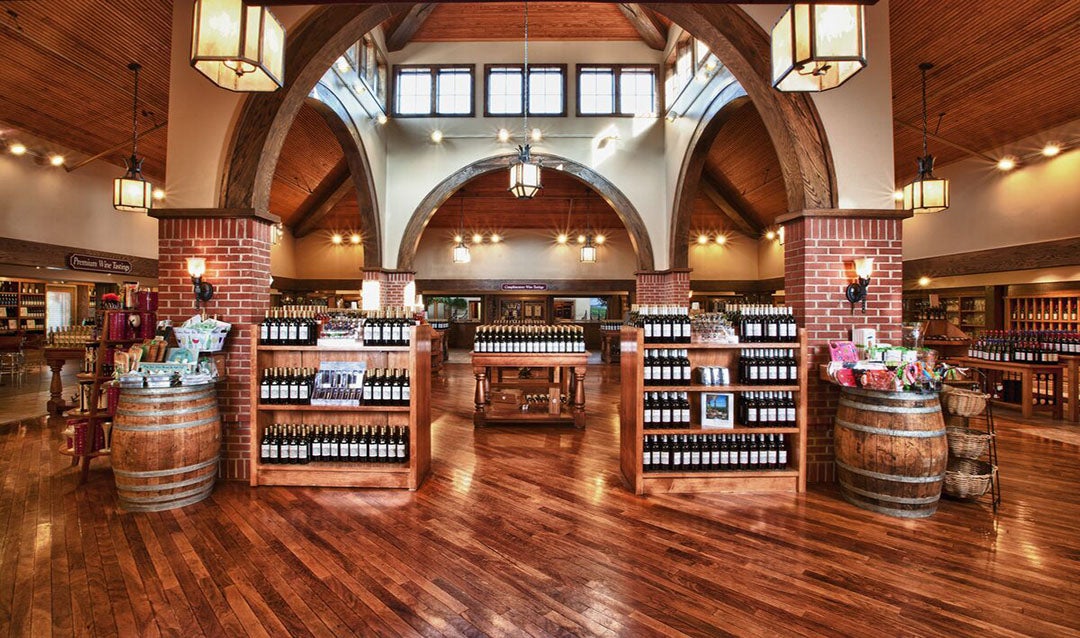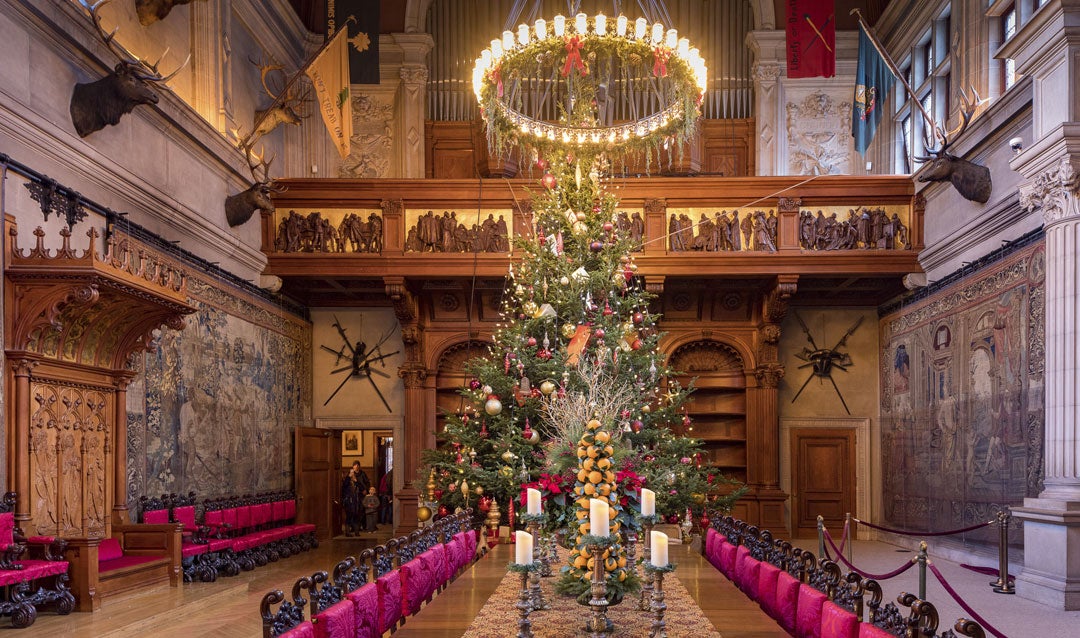Biltmore in Asheville, North Carolina was officially nominated as a National Historic Landmark on May 23, 1963.
The original landmark designation was based on the theme “Conservation of Natural Resources.” The description for Biltmore was:
At Biltmore, the George W. Vanderbilt estate near Asheville, Gifford Pinchot demonstrated for the first time in the United States that scientific forest management could be profitable and was, thus, good business practice. Another ‘first’ in forestry occurred here in 1898 when the first forestry school in the United States was opened, the Biltmore Forest School, headed by Dr. Carl A. Schenck. Nearly 87,000 acres of the estate’s forest land is now included in Pisgah National Forest. The building in which the school was conducted is owned by the city of Asheville and used today for offices.
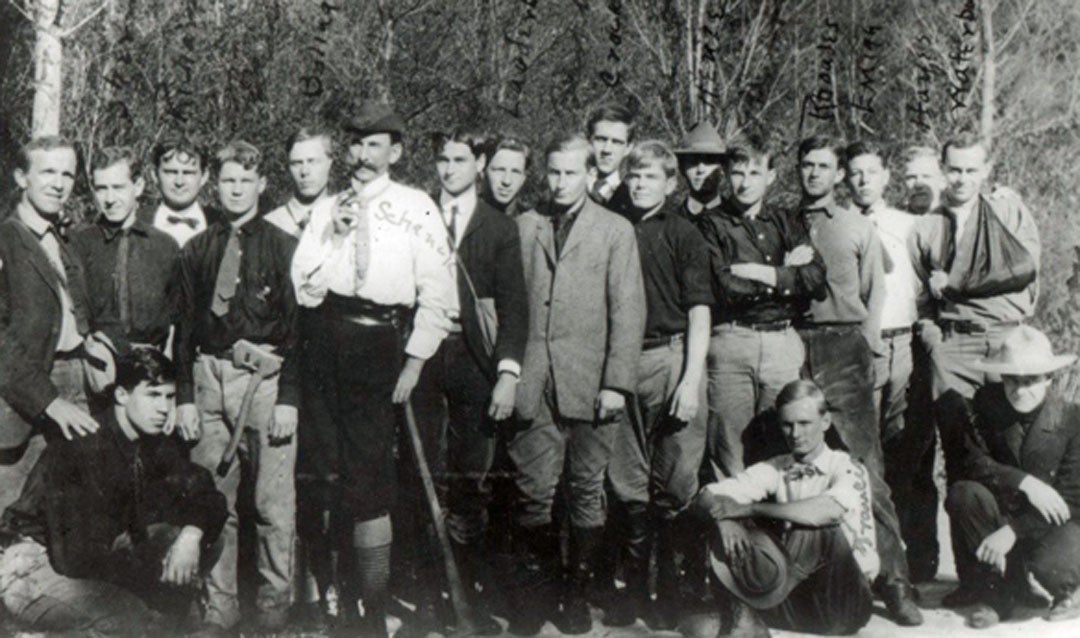
Beginning in 2000, Biltmore began an effort to expand the landmark designation beyond conservation to include the themes of architecture, landscape architecture, and social history, and to extend the period of significance to 1950 to include the contributions of Chauncey Beadle, estate superintendent, and improvements and significance of the Biltmore Dairy during those years. The Secretary of the Interior approved this expansion on April 5, 2005.
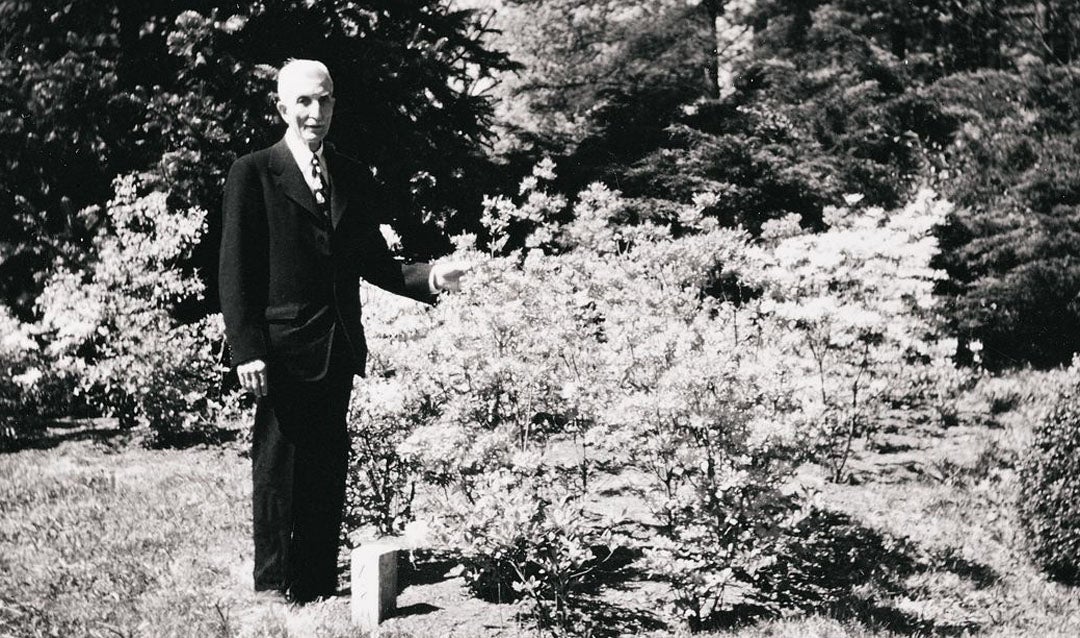
Bill Alexander, Biltmore’s former landscape and forest historian and participant in the five-year project of gathering additional documentation for the expanded designation, said that Biltmore has to submit periodic reports to the National Park Service to describe any changes occurring to the property, including natural disasters and damage such as the floods and tree loss caused by Hurricanes Frances and Ivan in 2005.
He also noted that the building referenced in the original nomination is located in Biltmore Village.
“The office building at 1 Biltmore Plaza was where the Biltmore Forest School held its fall and winter classes for a number of years,” Bill said. “It was the first new, permanent structure completed in Biltmore Village after George Vanderbilt purchased the village in 1894, followed by the passenger train depot in 1895 and All Souls Church in 1896, all designed by architect Richard Morris Hunt.”
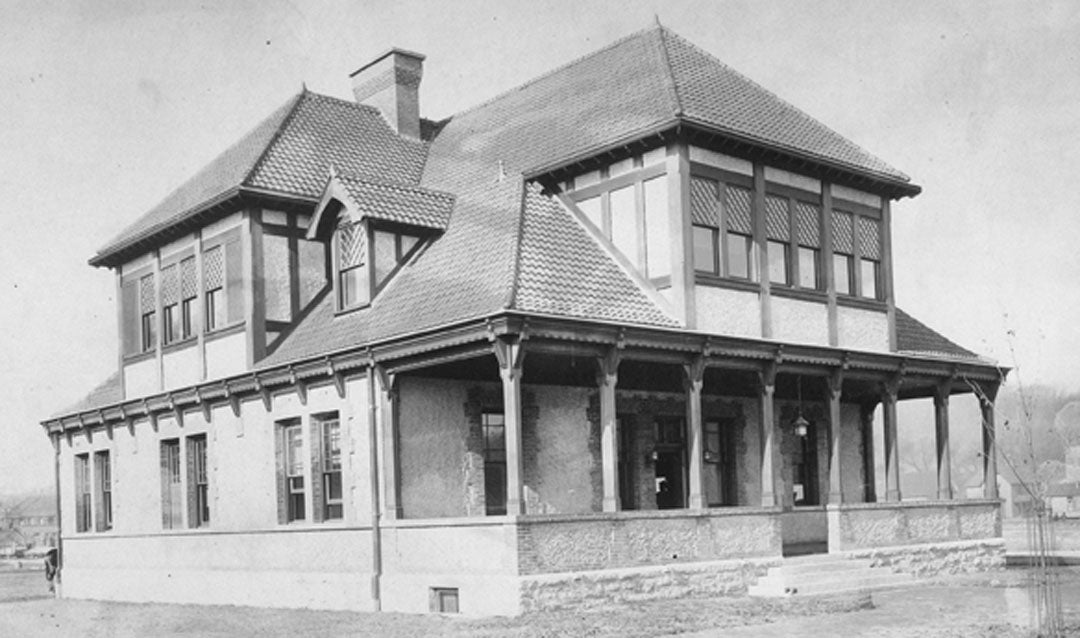
“Biltmore sold the office building to the City of Asheville in 1929, and leased the downstairs for corporate offices while the upstairs was used as a substation of the Asheville Fire Department.”
Biltmore eventually repurchased the building and currently uses it for office space.
The National Park Service lists more than 2,500 historic properties “that illustrate the heritage of the United States.” National Historic Landmarks include historic buildings, sites, structures, objects, and districts, with each landmark representing an outstanding aspect of American history and culture.
Plan your visit to Biltmore today and enjoy the splendor of this National Historic Landmark.
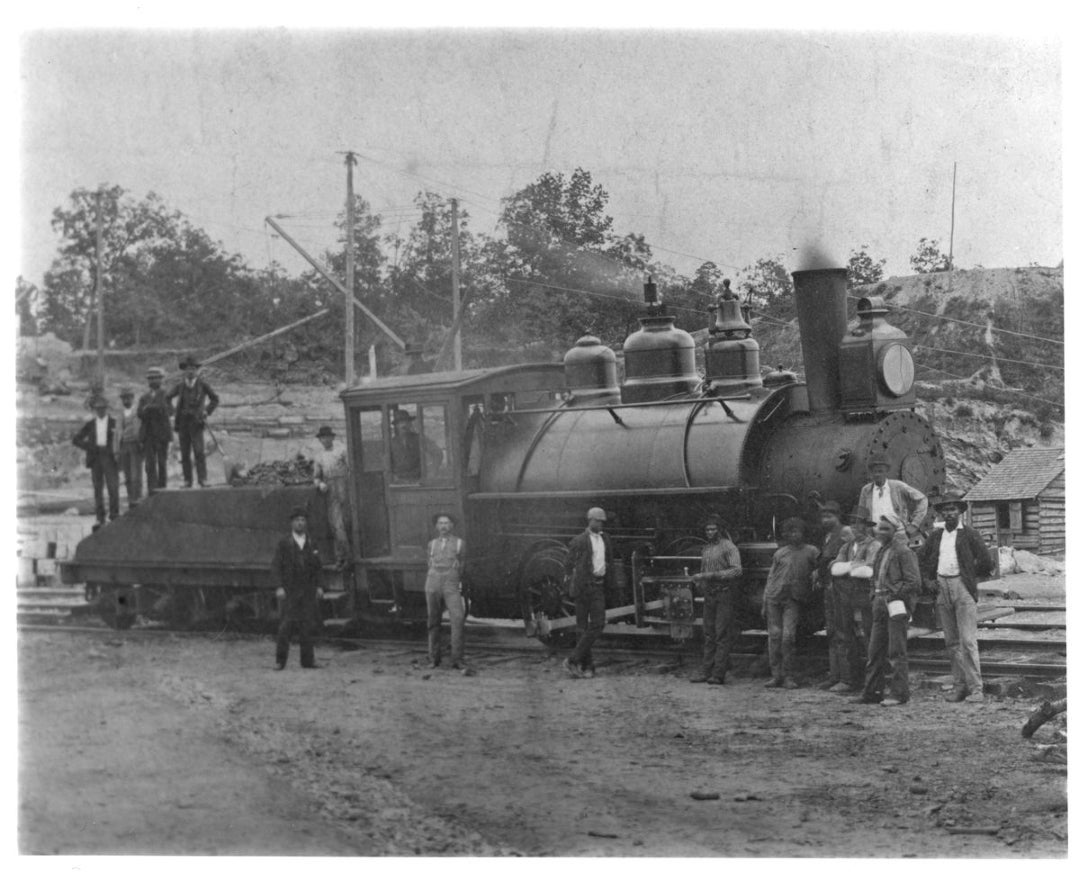
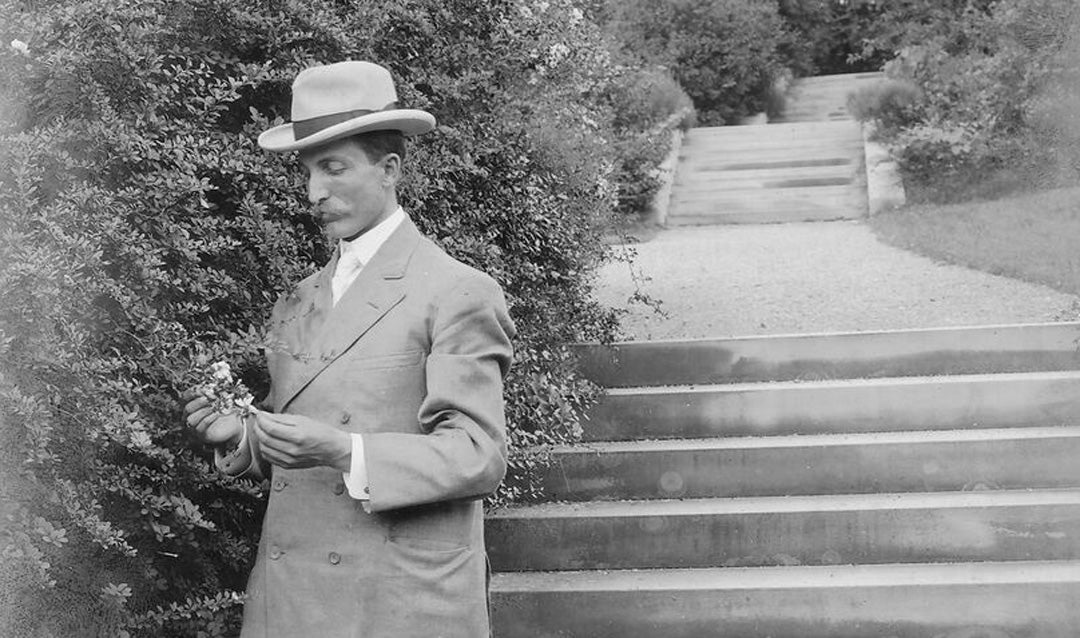
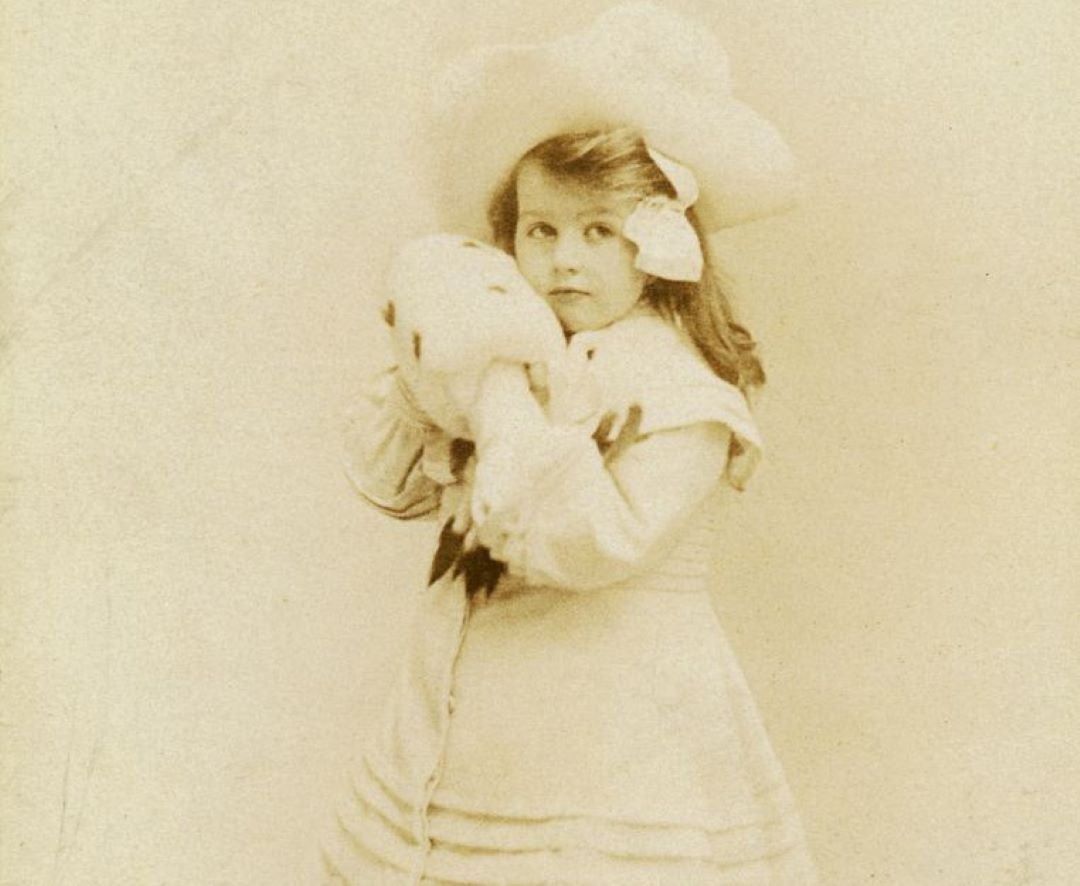
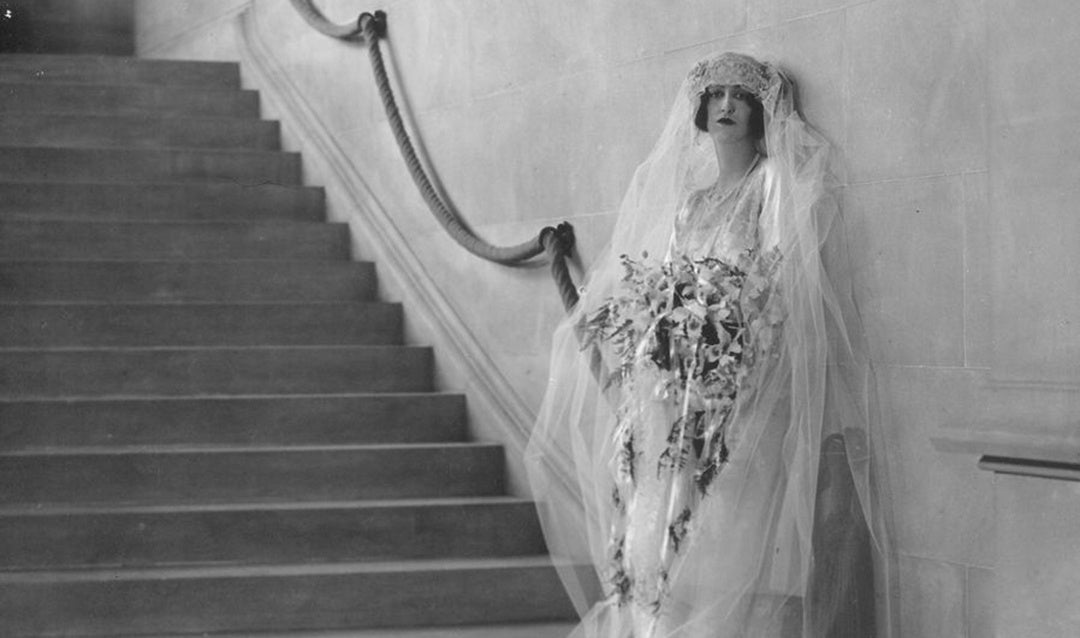
 After his work on Biltmore House, Guastavino also remained in the area, focusing on two projects near and dear to his heart. His masterpiece—St. Lawrence Basilica in downtown Asheville—is listed on the National Register of Historic Places and the architect is buried there. Guastavino finished the plans, including a dramatic freestanding elliptical dome, and gave them to the church but died before construction was complete.
After his work on Biltmore House, Guastavino also remained in the area, focusing on two projects near and dear to his heart. His masterpiece—St. Lawrence Basilica in downtown Asheville—is listed on the National Register of Historic Places and the architect is buried there. Guastavino finished the plans, including a dramatic freestanding elliptical dome, and gave them to the church but died before construction was complete. The transition is quite deliberate, and is based upon George Vanderbilt’s original vision for the Conservatory. In the late 1800s, vast glass structures like Biltmore’s Conservatory were the ultimate statement of luxurious living, exhibiting hundreds of blooming flowers, exotic plants, and delicate orchids in abundance.
The transition is quite deliberate, and is based upon George Vanderbilt’s original vision for the Conservatory. In the late 1800s, vast glass structures like Biltmore’s Conservatory were the ultimate statement of luxurious living, exhibiting hundreds of blooming flowers, exotic plants, and delicate orchids in abundance. Archival records indicate George Vanderbilt furnished his Conservatory in a more typical manner—by ordering plants from nurseries around the country. A report in the 1894 issue of American Gardening titled “George W. Vanderbilt’s Palms” mentions he fitted out his new conservatory with some of the largest palms under cultivation in the country. The collection included 15 tree ferns imported from Australia years earlier and described the “long dark green leaves of the finest specimens reach twenty feet into the air.” Additional plants included sago palms and several “immense Palmetto palms from South Carolina.”
Archival records indicate George Vanderbilt furnished his Conservatory in a more typical manner—by ordering plants from nurseries around the country. A report in the 1894 issue of American Gardening titled “George W. Vanderbilt’s Palms” mentions he fitted out his new conservatory with some of the largest palms under cultivation in the country. The collection included 15 tree ferns imported from Australia years earlier and described the “long dark green leaves of the finest specimens reach twenty feet into the air.” Additional plants included sago palms and several “immense Palmetto palms from South Carolina.” The orchids are mesmerizing this time of year, brightening even the dreariest of days with amazing colors and forms. The Orchid Room is filled with blooms both recognizable and unusual, from the corsage and lady slipper varieties to more rare examples.
The orchids are mesmerizing this time of year, brightening even the dreariest of days with amazing colors and forms. The Orchid Room is filled with blooms both recognizable and unusual, from the corsage and lady slipper varieties to more rare examples.
